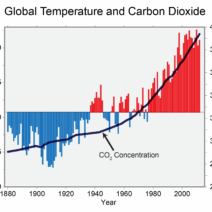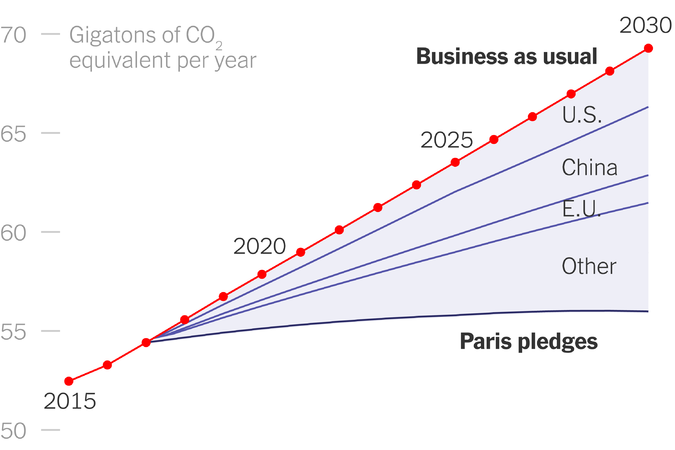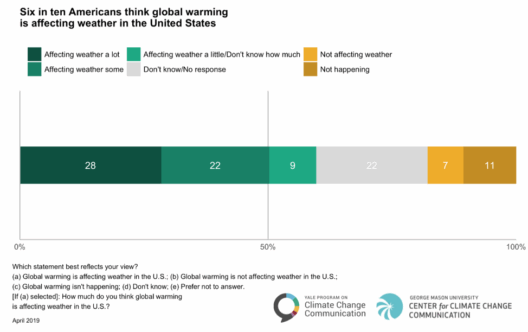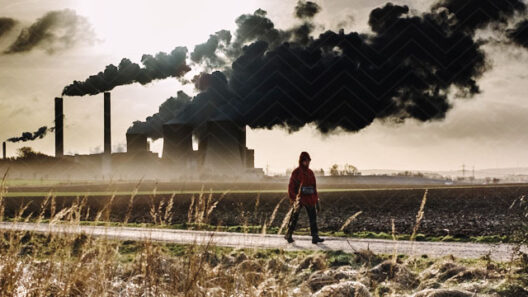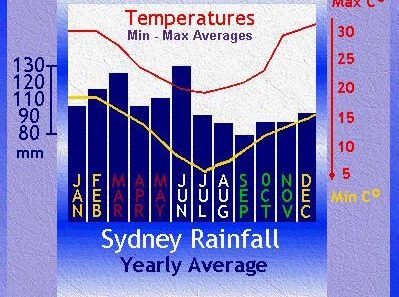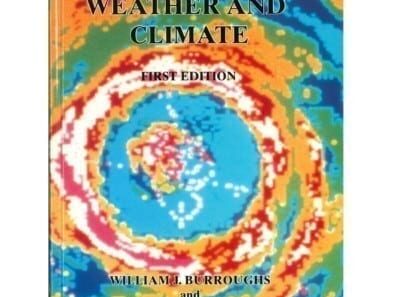The Paris Climate Agreement represents a watershed moment in the collective struggle against climate change, encapsulating a pivotal convergence of science, diplomacy, and moral imperative. Signed on April 22, 2016, this landmark accord heralded a new era of international cooperation, one that acknowledged the urgent necessity for a global response to an epoch-defining crisis. To truly appreciate what this date signifies, we must delve into the undercurrents of history, the dynamics of negotiation, and the profound impact this agreement promises for our planet’s future.
The Context of the Agreement
The need for such an agreement was underscored by a harrowing reality: the Earth’s temperature was rising precipitously, driven by the relentless burning of fossil fuels and rampant deforestation. The scientific community had long sounded the alarm bells, forecasting dire consequences if carbon emissions were not mitigated. With the stakes escalating, it became evident that a unified global response was not merely desirable but indispensable.
Before the Paris Agreement, several international accords attempted to mitigate climate change, yet none possessed the robust framework necessary to drive meaningful action. The Kyoto Protocol, adopted in 1997, mandated emissions reductions for developed nations but faltered due to non-participation from major polluters like the United States and developing nations’ concerns about equity. The Paris Agreement, therefore, emerged as a phoenix from the ashes of previous attempts, embodying the lessons learned through years of negotiation.
The Negotiations — A Dance of Diplomacy
The journey to the signing of the Paris Agreement was fraught with complexity. Nations negotiated under the crucible of urgency, grappling with vast divides in economic power, developmental needs, and historical responsibility for carbon emissions. This delicate negotiation process resembled a tightly choreographed dance; each country represented a dancer, contributing to a larger performance that required coordination, compromise, and a shared vision for sustainability.
The culmination in Paris was not merely a product of political maneuvering but also a reflection of societal shifts. Public awareness about climate change reached a crescendo, fueled by grassroots activism, scientific advocacy, and a growing recognition of the existential threat posed by climate change. The voices of citizens resonated through the halls of decision-making, urging leaders to take decisive forward steps.
A Framework for Action
The Paris Agreement is uniquely characterized by its bottom-up approach, allowing nations to set their own emissions reduction targets, known as Nationally Determined Contributions (NDCs). This structure represents a significant departure from prescriptive frameworks of the past, granting countries the flexibility to tailor their commitments to fit their unique circumstances. However, this also means that ambition levels vary dramatically—some nations pledged audacious targets, while others offered lukewarm commitments, reflecting an uneven global playing field.
Moreover, the Agreement’s ambitious goal—to limit global warming to well below 2 degrees Celsius, with a target of 1.5 degrees Celsius above pre-industrial levels—sits at the heart of its transformative potential. This numeric threshold, articulated in scientific reports, serves as a clarion call, underscoring the paramount importance of immediate and aggressive action against climate change. To exceed these limits could lead to catastrophic environmental shifts, poised to alter ecosystems and human societies irreversibly.
Mobilizing Finance and Technology
Another salient feature of the Paris Agreement lies in its recognition of the need for financial and technological support for developing nations. The promise of mobilizing $100 billion annually by 2020 to assist these countries in adapting to climate impacts and transitioning to low-carbon economies signals a commitment to equity. This consideration acknowledges that while climate change is a global dilemma, its impacts are not universally felt; developing nations often bear the brunt of climate-related disasters despite contributing minimally to the problem.
This element elevates the discourse from mere national self-interest to a holistic consideration of global well-being. It emphasizes that our fates are inextricably linked and challenges wealthier nations to act as stewards for the planet, embodying a sense of moral responsibility.
The Path Forward — Collective Accountability
As nations signed the Paris Agreement, they committed not only to their individual NDCs but also to a process of transparency and accountability. The mechanism for regular reviews, known as the ‘Global Stocktake,’ is designed to assess the collective progress towards achieving the Agreement’s overarching objectives. This component is essential, as it ensures that nations are not only held accountable for their commitments but are also motivated to enhance their ambitions over time.
The metaphor of a ship sailing through turbulent seas aptly encapsulates this journey. The Paris Agreement serves as the compass guiding countries towards a more sustainable future—one that demands vigilance, adaptability, and cooperation amidst the unpredictable tempests of climate change.
A Historic Milestone in the Climate Journey
The signing of the Paris Climate Agreement on April 22, 2016, is indubitably a historic date, marking a critical juncture in humanity’s approach to climate change. It reflects a nascent understanding that we are tethered to the earth’s cycles and ecosystems, interconnected through an intricate web of life. While it is a moment of hope, it is also a summons to action, urging societies worldwide to rise to the occasion. The Paris Agreement stands as a testament that when we unite our efforts, we can promulgate change—not only for our own generations but for those yet to come, ensuring that the Earth, our collective home, continues to thrive amidst the challenges of an ever-changing climate.


